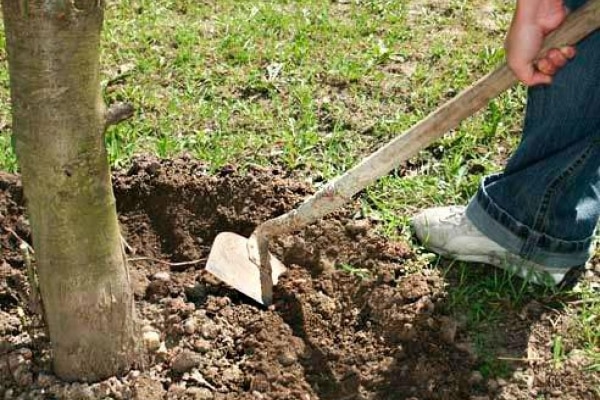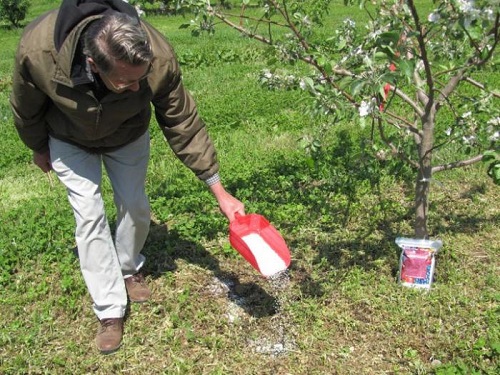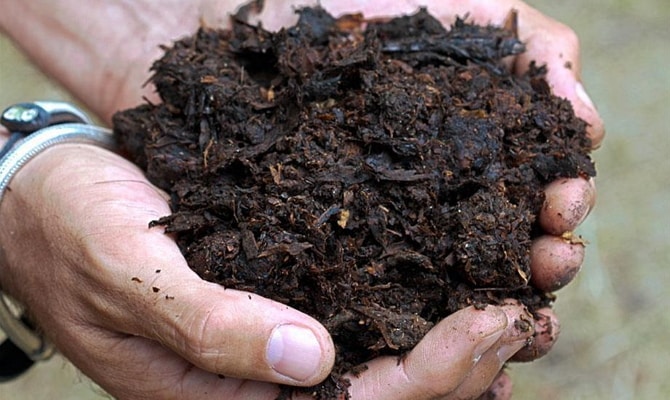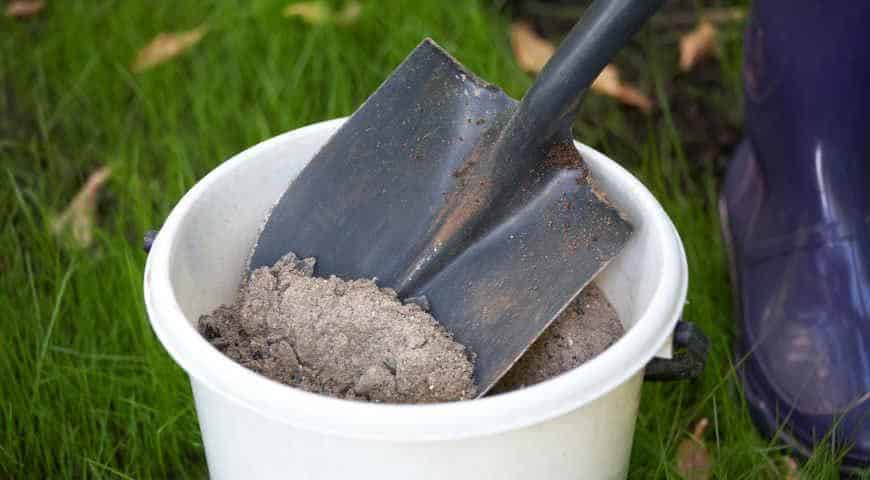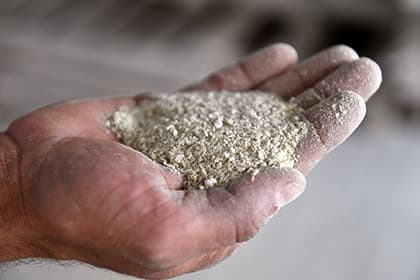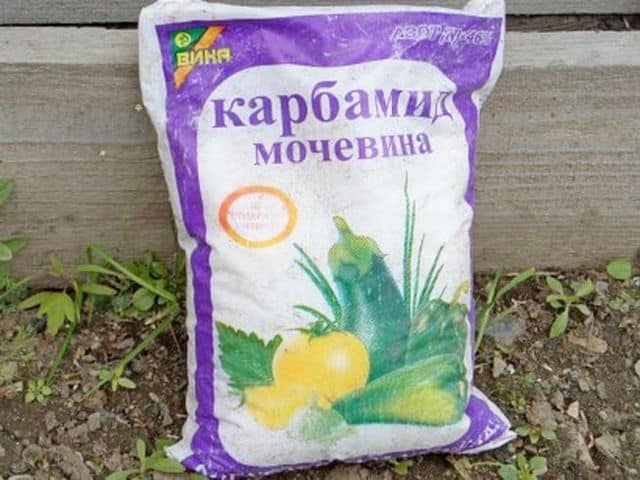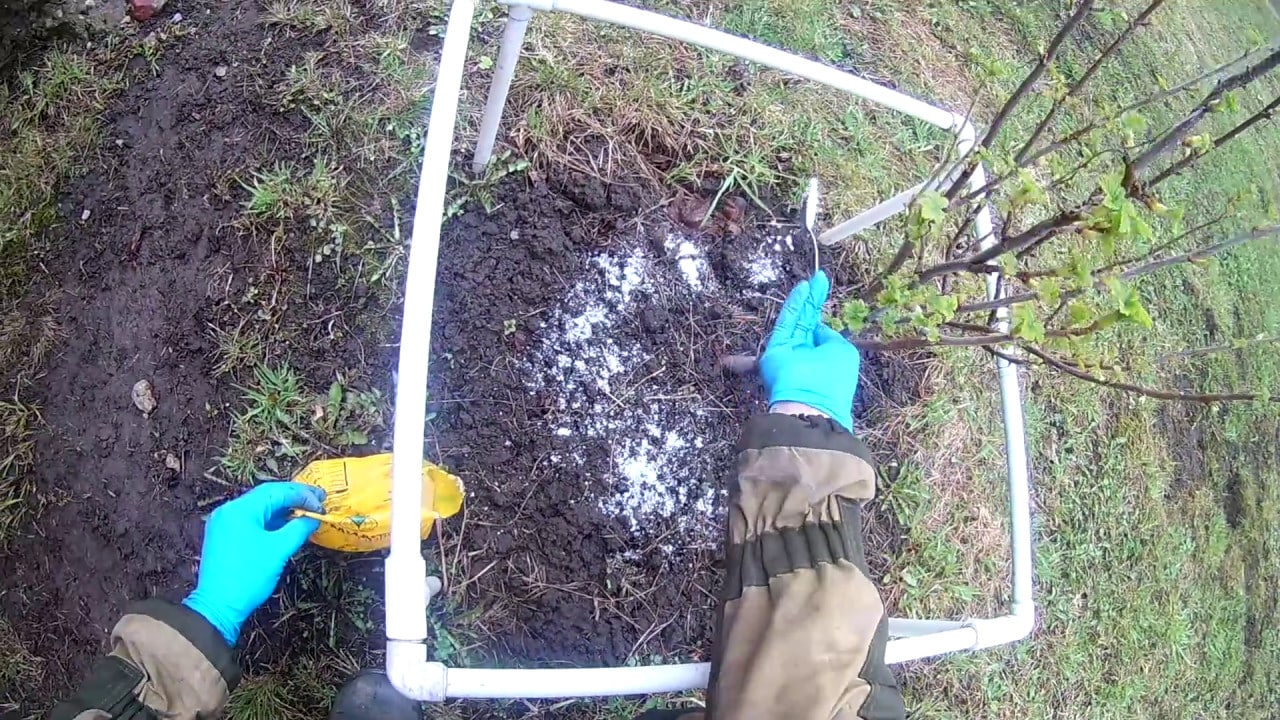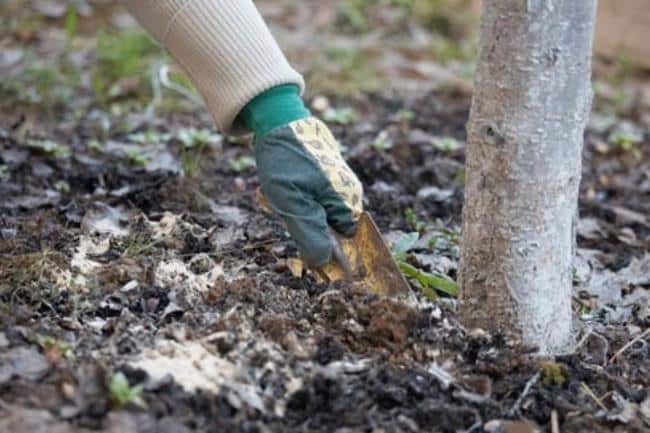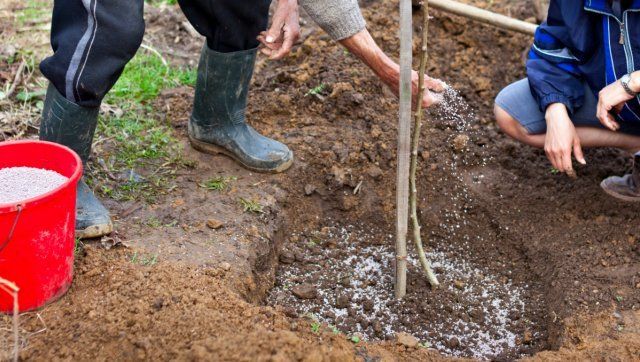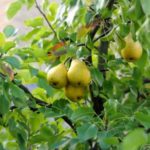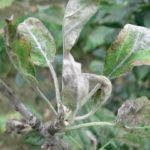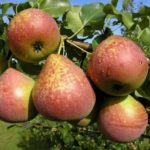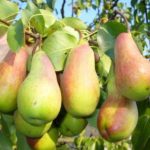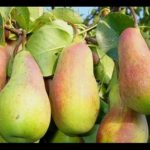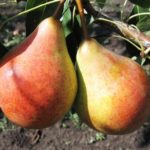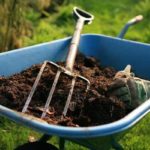Gardeners are interested in how to feed a pear tree. Or maybe this is not required? Organic (that is, natural) farming is in fashion today. And the soil is quite fertile. But to get a bountiful harvest, pears definitely need food. And it should be entered according to the rules, observing the norms and deadlines. Only in this case will the tree please its owners with delicious fruits.
- The main types of fertilizers for feeding pears
- Mineral fertilizers
- Nitrogen
- Phosphorus
- Potassium
- Magnesium
- Superphosphate
- Complex fertilizers
- Organic fertilizers
- Manure and humus
- Bird droppings
- Wood ash
- Bone flour
- Urea
- How and what to feed pears in spring?
- Before flowering
- During flowering
- After flowering
- Foliar feeding
- Summer feeding of fruit trees
- Basic rules for autumn fertilizing
- How to fertilize a pear tree before winter
- Feeding after planting
- Tips for beginner gardeners
The main types of fertilizers for feeding pears
For proper nutrition, pears need two groups of fertilizers: organic and mineral.
Mineral fertilizers
Mineral fertilizers are applied in spring and autumn. Moreover, the number of components varies in mass depending on the time of year.
Nitrogen
This element is necessary for growing green mass. The pear will not be able to produce enough foliage necessary for photosynthesis. Young shoots without nitrogen are formed in insufficient quantities. But an excess of an element is just as harmful as its deficiency. A pear overfed with nitrogen becomes a tasty prey for aphids: its juice is especially sweet due to undissolved sugars.
And overfed pears are more often affected by fungal diseases. Therefore, when applying fertilizers to the soil, it is necessary to comply with the norms.
Phosphorus
The element is necessary for the full ripening of pear fruits. The main part of the fertilizer is phosphoric anhydride (up to 20% by weight). It is absorbed only with a sufficient amount of moisture in the soil.
Potassium
A necessary element for applying autumn and winter fertilizing to pears. Potassium salt (potassium chloride + sodium chloride) is added in the spring before and during flowering to form a large number of ovaries. Disadvantage: contains chlorine.
Magnesium
A lack of magnesium in the soil causes stunted pear growth. The industry produces water-insoluble fertilizers (vermiculite), which, when applied and subsequently watered, enrich the soil with magnesium. Magnesium is included in potash fertilizers. Magnesium sulfate, which is soluble in water, is popular among gardeners.
Superphosphate
The most popular phosphorus nutrition.Contains calcium sulfate, which is absorbed when there is excess water in the soil. Double superphosphate more economical and efficient. It is free of calcium sulfate.
Complex fertilizers
The industry produces complex mineral fertilizers. They contain nitrogen, potassium and phosphorus in quantities required by plants. Autumn fertilizers do not contain nitrogen (or do, but in minimal quantities). They are much more convenient to use: you don’t need to mix the ingredients, you just need to feed them according to the instructions.
Organic fertilizers
Nature took care of food for plants. Knowing how to use natural products can significantly reduce the cost of purchasing fertilizers.
Manure and humus
To feed pears, manure from herbivorous animals is used: goats, cows, sheep, horses, rabbits. Pig manure is used as a last resort (due to the omnivorous nature of pigs). This is a valuable source of nitrogen, which is in easily digestible, that is, chelated form. But fresh manure cannot be applied under the pear tree due to the large number of weed seeds and the aggressive environment.
After purchasing fresh manure, it is recommended:
- place the raw materials on a sheet of metal or plywood;
- form a cone;
- cover with film or iron from rain and drying out;
- Once every six months, remove the film and turn the manure;
- moisturize if necessary.
The manure is kept in this state for 3 years. During this time, the raw material decomposes and turns into humus. This is what should be applied under the pear.
Bird droppings
This is a very aggressive feeding. Fresh bird droppings placed under a young pear tree can burn the root system of the tree. Bird droppings are collected and dried, then poured into bags and stored in a cool, dry place.
Before use, a glass of dry raw materials is stirred in a bucket of water and infused for a week. Then, before use, combine a liter of infusion with 10 liters of water and feed the trees.
Wood ash
This is an affordable and effective means of fertilizing pears. The composition of ash includes: potassium, calcium, phosphorus, magnesium, manganese. But keep in mind: when combined with water, fertilizing gives an alkaline reaction. Therefore, some gardeners use ash to deoxidize the soil.
To fertilize pears, it is recommended to use sifted stove ash. Application rate: liter jar for 1 adult plant. It is important to remember: ash reduces the effectiveness of nitrogen fertilizers, so you should not feed the pear with them at the same time.
Bone flour
Bone flour - the main source of phosphorus for pears. Additional components of the fertilizer are:
- iron;
- manganese;
- magnesium;
- zinc;
- iodine;
- cobalt;
- potassium;
- calcium.
The advantage of the fertilizer is the chelation (availability for the pear) of the components and low cost.
Urea
Source of nitrogen for pears. Main advantages:
- chelation (availability to the plant);
- ready solubility in water;
- excellent result of foliar fertilizing.
It is important to remember: spraying in early spring with a high-concentration urea solution not only nourishes, but also protects the plant from pests and delays flowering.
How and what to feed pears in spring?
In the spring, the pear needs to be given food in order to replenish nutrients and prepare the plant for the fruiting period. It is recommended to consistently carry out a complex of fertilizing.
Before flowering
Immediately after waking up, it is recommended to water the tree with a solution of saltpeter: 2 tablespoons of powder per 10 liters of water. It is important to remember: the air temperature must be above +5 degrees Celsius.
During flowering
During this period, it is useful to give liquid feeding. Fertilize the pear well with a urea solution: half a glass per 10 liters of water. It is useful to combine liquid fertilizing with watering: first, thoroughly moisten the tree trunk circle, then apply the solution.
After flowering
During this period, nitroammophoska is applied once under the trees. 100 g of dry fertilizer is diluted in 20 liters of water. During the period of fruit set it is necessary to apply phosphorus-potassium fertilizers. Without this, the fruits will crumble and become smaller.
Foliar feeding
It is useful to give it to young trees that have not yet developed a powerful root system. Fertilizers (nitrogen, phosphorus, potassium) are diluted in water and sprayed on the leaves of the pear.
It is important to remember: spraying should be carried out in dry, cloudy (or after sunset), windless weather. If it rains within 3 days after fertilizing, it should be repeated.
Summer feeding of fruit trees
In summer, feeding must be continued. They are carried out during the fruiting period, ending with the moment of harvesting the fruits.
In June, the pear finishes flowering. At this time, it is useful to feed it leaf by leaf with a solution of nitrogen fertilizers: urea, green fertilizer. The color of the infusion should be light, like weakly brewed tea. In July the fruits begin to set. Spraying with a solution of phosphorus and potassium should be added to leaf feeding.
In August, 2 weeks after the last foliar feeding, it is recommended to add a mixture of phosphorus and potassium fertilizers to the soil. Loosen the soil in the tree trunk circle. To prevent the fruits from falling off, it is recommended to fertilize with a solution of phosphorus-potassium fertilizers once every 2-3 weeks.This nutrition is necessary for the pear to ripen high-quality fruits.
It is recommended to stop any fertilizing 3 weeks before the expected harvest. This is necessary to obtain environmentally friendly fruits.
Basic rules for autumn fertilizing
In the fall, after harvesting, the tree requires replenishment of nutrients. Fertilizers should consist of phosphorus, potassium and nitrogen. But phosphorus and potassium make up 1 part each, and nitrogen - ¼ part by weight.
All dry ingredients are mixed and scattered around the perimeter of the tree trunk. Moreover, the main amount should be placed along a circle, which is the projection of the crown onto the ground. After this, the soil is loosened to a depth of 7-10 cm.
How to fertilize a pear tree before winter
Caring for a pear involves winter feeding. Without it, the tree will not survive the winter well. The purpose of applying fertilizers is to feed the plant, but to prevent the growth of green mass. The shoots will not have time to ripen and will die, and the tree will spend energy on their growth. Fertilizers should be applied at the end of September - beginning of October. A composition of phosphorus and potassium with the addition of calcium and magnesium is applied around the perimeter of the tree trunk. Then the ground is dug up.
Feeding after planting
A simple but labor-intensive event will help the young pear to take root well and begin to bear fruit sooner. And the gardener will be exempt from feeding the tree for the next 3 years.
Before planting, it is recommended to make a planting hole. If it is planned to be placed in the spring, it is prepared in the fall. If a summer resident wants to plant a pear in the fall, the hole needs to be prepared in the spring. What to do:
- Dig a hole measuring 70 x 70 x 70 cm. Lay mature compost or humus at the bottom with a layer of 10-15 cm.
- Mix the excavated soil with phosphorus, potassium (1:1), manganese, calcium.Fill the hole with this mixture.
- Level and compact the soil. Place a sheet of plywood or linoleum on top (to prevent soil erosion).
Before planting, dig a hole large enough to accommodate the root system of the pear. Then they dig in a peg for tying and lower the seedlings into it. The soil around is compacted, a furrow is formed for water drainage and the plantings are watered.
Tips for beginner gardeners
Beginner gardeners should remember the basic rules for fertilizing pears:
- it is impossible to grow a good harvest without fertilizing;
- under-fertilization is just as dangerous as over-fertilization;
- It is important for the plant to receive the full complex: mineral fertilizers and organic matter;
- micro- and macroelements should not be neglected;
- To obtain stable yields, it is important to give the tree foliar feeding;
- the amount of fertilizer depends on the age of the pear.
If you follow the rules of fertilizing, the gardener will always receive a stable harvest of tasty fruits.

